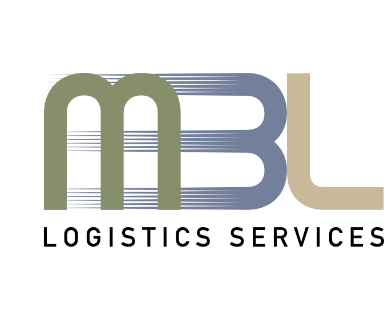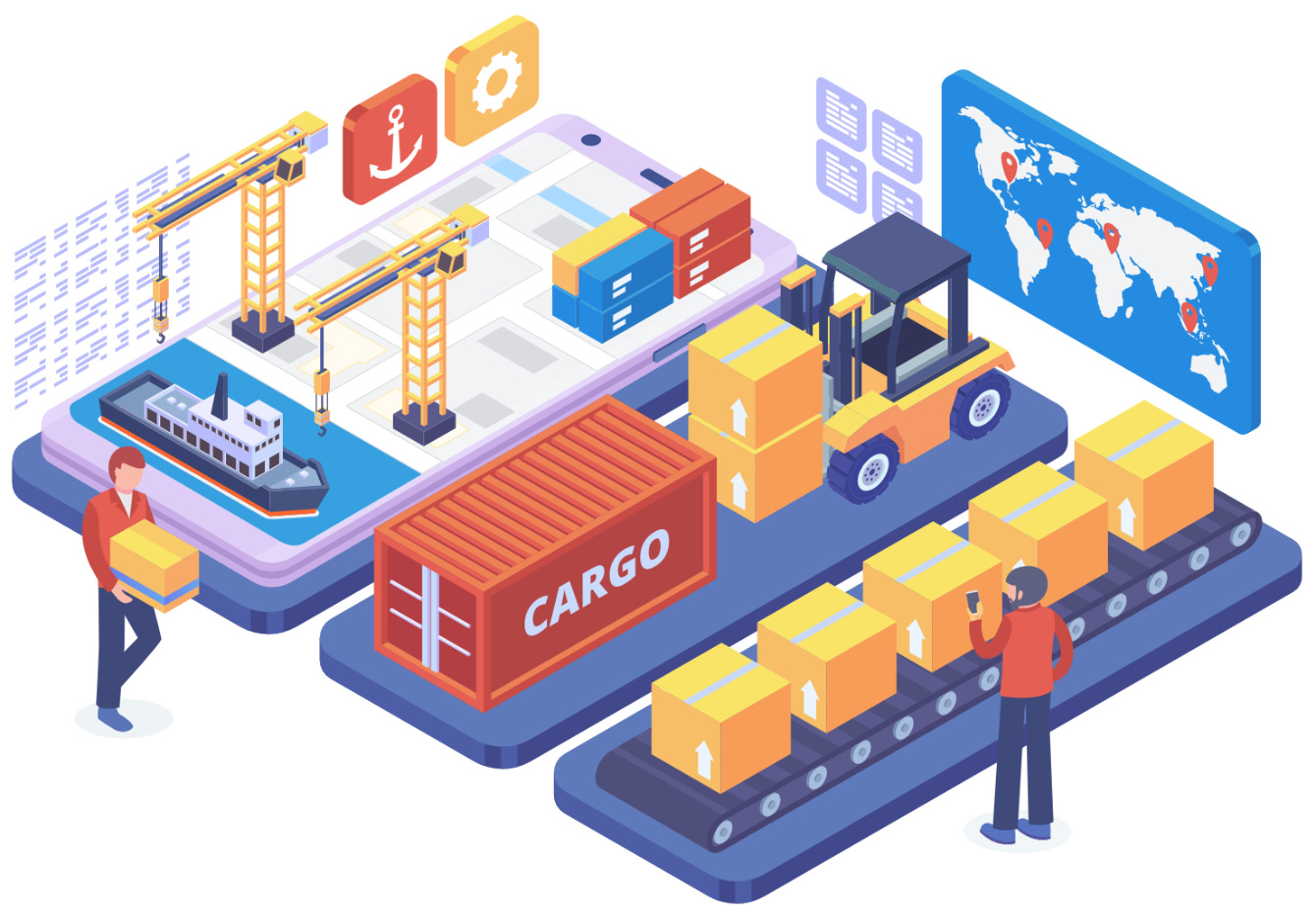M B L B L O G – J U L Y 2 0 2 5
What happens if customs brokers don’t modernize? Importers may start asking harder questions
As automation accelerates and trade policy shifts become more frequent, customs brokers face a critical question: are we moving fast enough to keep up with the expectations of modern importers?
With tariff classifications evolving rapidly and regulatory risk on the rise, many brokers are still relying on manual systems or legacy processes. But how long will importers tolerate lag times, rework, and compliance risk especially when tech-enabled providers are offering real-time insights and streamlined workflows?
If your brokerage can’t process HTS reclassifications quickly, or struggles to automate common entry tasks, what confidence are you giving importers when they evaluate your service? In a landscape where major forwarders and integrators are scaling their customs teams and implementing AI-driven compliance tools, static operations are beginning to look like liabilities. Will importers start asking tougher questions about your digital capabilities, error rates, and response time under pressure?
The next generation of customs brokerage is about more than clearances, it’s about visibility, accuracy, and strategic guidance under volatile conditions. Importers need partners who can adjust quickly, automate where possible, and advise when necessary. Brokers who don’t invest in technology risk losing not just efficiency – but relevance. In a world of rising expectations, the question isn’t whether you’ll adopt smarter tools. It’s whether your clients will still choose you if you don’t.

